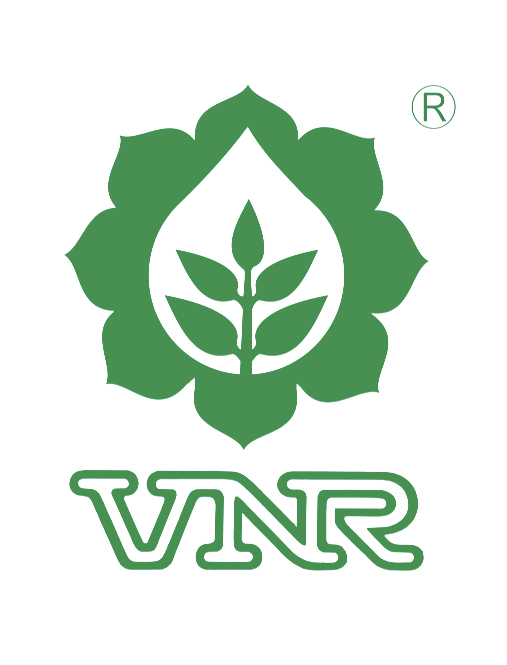Objective
- PMS inculcates in the company a performance driven culture, where the Compensation & reward system is directly aligned to the employees’ and organisation’s performance.
- It is a transparent and uniform evaluation system for performance measurement of the employees, for the year, by defining performance through:-
- Key Result Areas (KRAs) or Functional performance parameters and
- Behavioural Parameters.
- PMS also seeks developmental inputs in form of Training needs identification for the growth of the employees.
- The Appraisal Assessment cycle would be the financial year i.e. from April to March.
- The performance appraisal would be applicable for all confirmed employees as on 30th September of every assessment year. All those who are not covered during the appraisal process shall be compensated on pro-rata basis in the subsequent increment cycle.
- Those employees who have performance issues shall be put on Performance Improvement Plan (PIP) by the immediate reporting manager with a signed copy to HR.
Performance Improvement Plan
- The performance improvement plan is administered to those whose performance is not as per expectation and needs focused direction & support.
- The PIP is a time bound plan drawn for the employee with written instructions by the reporting manager with improvement focus areas for performance improvement which is reviewed by HOD & facilitated by HR.
- The PIP should be designed with all detailed facts like particular KRA, specific time, actual facts, specific place etc. which lead to unacceptable performance.
- Constant monitoring is required through-out this period with regular feedback sessions.
- The PIP would be for 3 months, reviewed on a monthly basis; if no improvement is recorded then the employee shall be terminated due to non-performance.
KRA SETTING
KRAs or Key Result Areas are outcomes or goals for which an individual is responsible or accountable for that particular assessment year.
- Annual KRAs are set in discussion with the immediate reporting manager.
- These KRAs are cascaded from the top to Bottom.
- The KRAs should be SMART. S=Specific, M=Measurable, A=Achievable, R=Relevant and T-Time Bound.
- KRAs are to be entered every financial year in the beginning of the assessment year i.e. in April month in the KRA module of ESS.
Unique Features of the KRA Module
- Its a real time document where the performance can be tracked real time with anytime changes allowed and one need not wait till the end of the year for the same.
- Changeable targets for the remaining period. The performance goals or targets can be changed midway thus making it a flexible KRA sheet.
- Smaller measuring frequencies leading to actual performnace tracking as and when the goals are performed.
- Auto-calculations due to calculation “Logic” inserted making it accurately measurable and manageable by the team members themselves with reduced error.
Process of KRA Setting
- Set the main KRAs. (Should not be more than 5-6).
- Set the sub-KRAs for each main KRA in case it needs to be broken down into smaller measurable activities (Should not be more than 5 for each main KRA).
- Set the Targets, Units, Measures for each Sub-KRA or main KRA where there is no sub-KRA.
- Select the logic (Basis of calculation) for each KRA
- Decide the frequency of evaluation (Monthly, Quarterly, Half Yearly, Annual)
- Save and Submit the KRA for Appraiser’s approval
Process of KRA Assessment
- The assessment is done based on the frequency set for individual KRAs. i.e. Monthly, Quarterly, Half Yearly or Annually.
- The KRA achievement/Self-Assessment should be submitted within 7 days of the next assessment cycle.
- by 7th of next Month in case of Monthly KRAs (e.g. by 7th of May for April KRA)
- by 7th of next Quarter in case of Quarterly KRAs (e.g. by 7th of July for Q1, For sales Q2&Q3 will be submitted by 7th of October )
- by 7th of next Half Yearly in case of Half Yearly KRAs (e.g. by 7th of October for H1)
- during appraisal assessment for Annual KRA
- The appraiser level shall get 7 days for evaluating the KRAs.
- The Reviewer/HOD/Management will be able to review the KRAs.
Salient Features
- The KRAs can be changed in between the year with the approval of the Appraiser/Reviewer without changing the frequency/weightage/logic of the old KRA for the future remaining months.
- KRA changes for the past months cannot be done.
- Once the KRA appraisal and review deadline is over, the link gets locked for the month. No changes can be done after it is locked.
- In case the team member doesn’t enter the achievement before the due date and the KRA gets locked, the appraisee score will be “NIL”, the appraiser can still appraise by putting his score.
- The KRA lock for future months would be open for making changes in target, but the target for the ongoing month cannot be changed.
- The changes in targets for future months can be done only if the appraiser approves the changes through the module.
- The least weightage to a sub KRA/ KRA should preferably be 5.
- If the frequency for evaluation and achievement is chosen as monthly, the weightage of that KRA cannot be less than 10.
- The weightage of any KRA is a multiple of 5.
- Frequency of evaluation once selected cannot be changed midway.
- Maximum 5 KRAs and Maximum 5 Sub KRAs within each KRA is recommended.

